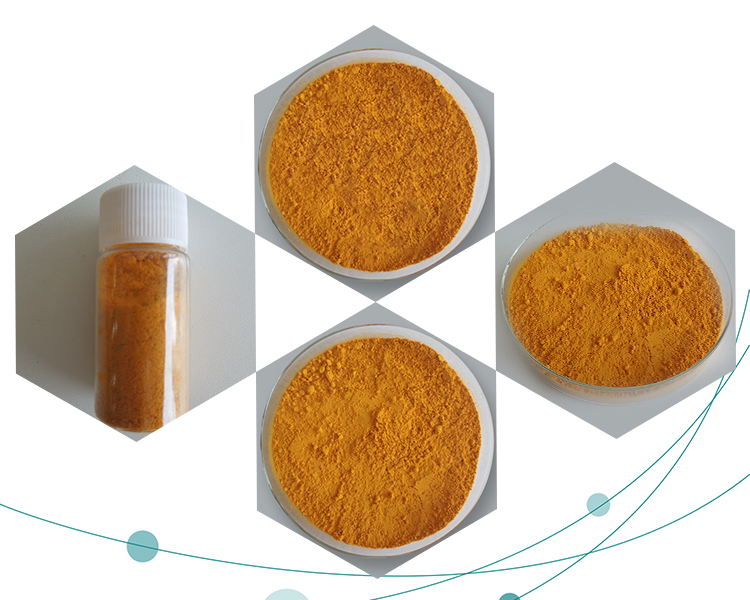Riboflavin, also known as vitamin B2, plays a crucial role in various biological processes due to its involvement in several enzyme systems. Here’s a brief overview of its mechanism and importance:
Coenzyme Forms: Riboflavin primarily functions in its coenzyme forms, flavin mononucleotide (FMN) and flavin adenine dinucleotide (FAD). These coenzymes participate in redox reactions in the cell.
Redox Reactions: FMN and FAD are capable of accepting and donating electrons in biochemical reactions, thereby acting as cofactors for numerous enzymes involved in energy production (such as in the citric acid cycle and beta-oxidation of fatty acids).
Energy Metabolism: Riboflavin is essential for the metabolism of carbohydrates, fats, and proteins. For instance, FAD is a cofactor for the enzyme succinate dehydrogenase in the electron transport chain, which is crucial for ATP production.
Antioxidant Defense: Alongside its role in energy metabolism, riboflavin and its derivatives also participate in antioxidant processes, helping to neutralize free radicals and protect cells from oxidative damage.
Activation: Riboflavin is typically absorbed in the small intestine and converted into FMN and FAD within cells. This conversion involves the addition of a phosphate group (to form FMN) and then the addition of AMP (to form FAD).

Gene Expression and Growth: Riboflavin also influences gene expression and plays a role in maintaining healthy skin, eyes, and nerve function. It is important for normal growth and development.
Sources: Dietary sources of riboflavin include dairy products, eggs, lean meats, green vegetables, and enriched cereals. It is water-soluble and any excess amounts are excreted in urine.
In summary, riboflavin is essential for various metabolic pathways, acting as a cofactor in redox reactions critical for energy production and antioxidant defense within the body. Its deficiency can lead to a range of health issues, including skin disorders, inflammation of the lining of the mouth and throat, and impaired nerve function.
The development history of Riboflavin
Riboflavin, also known as vitamin B2, has an interesting development history:
Discovery: Riboflavin was first discovered in 1879 by Alexander Wynter Blyth, who isolated a yellow-green fluorescent pigment from milk. However, its chemical structure and biological significance were not fully understood at the time.
Identification and Naming: In the early 20th century, researchers such as Richard Kuhn and others identified riboflavin as a component necessary for growth in rats. It was officially named riboflavin in 1933 by Kuhn and Paul György.
Isolation and Synthesis: The isolation of riboflavin from various sources, including milk and liver, allowed for further research into its properties and functions. Its chemical synthesis was achieved in the 1930s, which facilitated its availability for research and commercial use.
Biological Role: By the 1930s and 1940s, riboflavin’s importance in human nutrition became clear. It was identified as a crucial vitamin essential for energy production (as part of flavin adenine dinucleotide, FAD, and flavin mononucleotide, FMN), growth, and maintaining healthy skin, eyes, and mucous membranes.
Fortification and Supplementation: Riboflavin deficiency was identified as a cause of various health issues, including skin disorders and inflammation of the lining of the mouth and throat. This led to the fortification of food products with riboflavin, such as flour and cereals, to prevent deficiency-related diseases like pellagra.

Medical Applications: Riboflavin has also found applications in medicine beyond nutrition. It is used as a fluorescent dye in various biochemical assays and as a supplement in treating certain medical conditions, such as migraine headaches.
Research Advances: Since its discovery, ongoing research has elucidated riboflavin’s role in cellular metabolism and its potential implications in various diseases and conditions, including cancer and cardiovascular diseases.
Overall, the development history of riboflavin spans over a century of scientific discovery, from its initial identification as a fluorescent pigment to its recognition as an essential vitamin crucial for human health.
